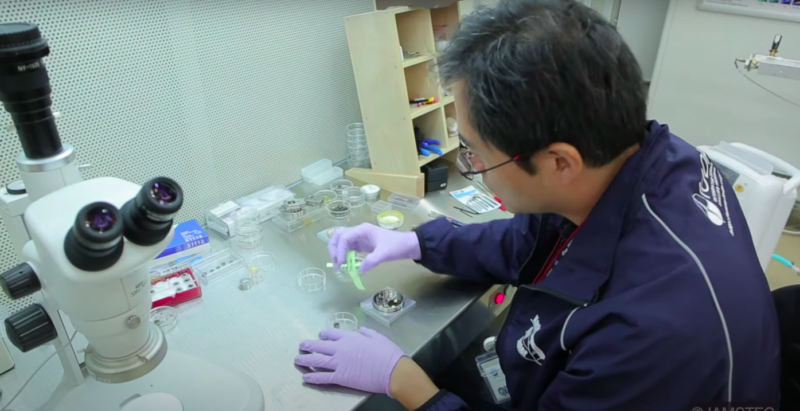Bacteria live despite burial in seafloor mud for 100 million years

Enlarge / Yuki Morono of the Japan Agency for Marine-Earth Science and Technology handles bacteria that might be 100 million years old. Be careful! (credit: Japan Agency for Marine-Earth Science and Technology)
You know those videos where people open (or even eat?) military rations from World War II? It's shocking to see just how well-preserved these foods" can be after all those decades. In a way, Yuki Morono and his team of researchers at the Japan Agency for Marine-Earth Science and Technology flipped that experience around by giving modern food to some old organisms. But their case involved bringing up ancient mud from the seafloor and adding some food to see if anything was alive in there.
There were, in fact, bacteria in the mud, which likely doesn't sound surprising. But given the environment and the age of this stuff-100 million years-it's actually pretty remarkable.
In deepLife deep below ground or below the seafloor isn't studied as well as the readily accessible surface world. Sampling has shown that seafloor mud in different parts of the ocean differ a lot in terms of the types and abundance of microbial life that are present. But in this case, the researchers sampled deep sediments in the middle of the South Pacific, where there's extremely little organic matter available for life to grow on.
Read 9 remaining paragraphs | Comments